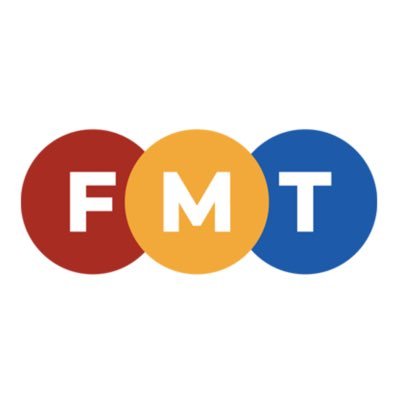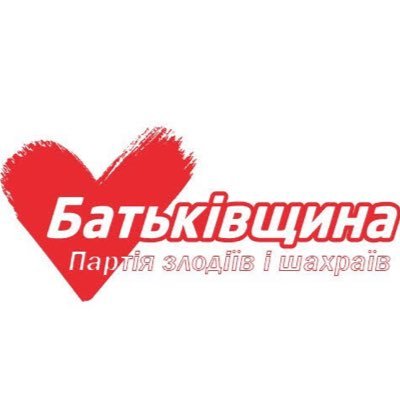Search results for Passport
People
Not Found
Tweets including Passport
Canadian passport under ultraviolet light.
https://t.co/hs17V8WAPd

0
0
24
85
11
Trump passport policy move likely unconstitutional, judge rules #FMTNews# #FMTWorld# https://t.co/jTUlPOZRYn


0
0
0
0
0
How long does passport control take at Singapore airport
https://t.co/oXBXaDAGJ1
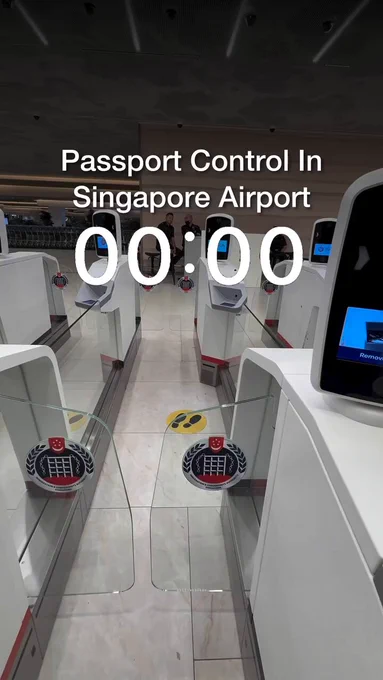
0
0
9
20
2
A Canadian passport under UV light https://t.co/YbZSWCWNiP

0
0
7
16
0
Think of WBTC as your BTC passport—co-piloting the cross-chain journey. The new @HTX_Global collab makes WBTC-to-BTC swaps fee-free. More mobility, less friction. BTCFi needs this kind of plumbing to grow.
Show more
0
0
1
17
3
GM fam
Got your satorian passport? https://t.co/8IgD6MTckQ
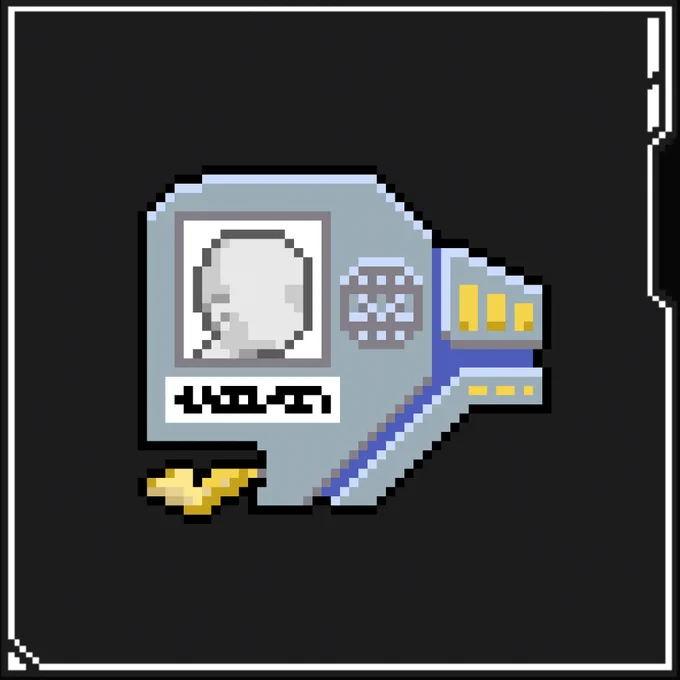
0
0
9
33
10
Sight from the Red Light District - Amsterdam 🇳🇱
© passport_pros (IG) https://t.co/oNFHYvdN22
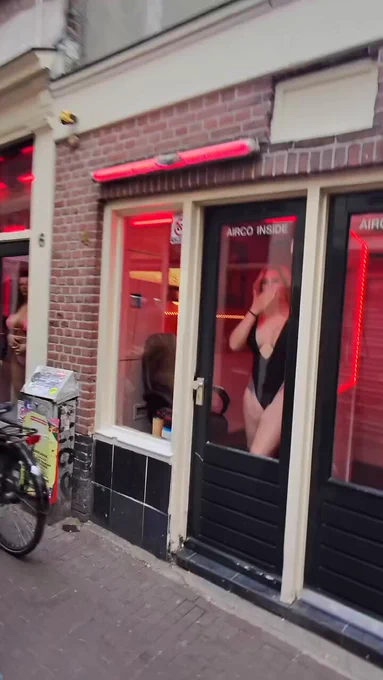
0
0
4.4K
222.5K
12.7K
'Attempting to avoid extradition': Vanuatu PM orders cancellation of Lalit Modi's passport https://t.co/0902FXHNe3


0
0
6
3
0
The United States condemned Russian President Vladimir Putin’s order simplifying the procedure for obtaining a Russian passport for residents of separatist-controlled eastern Ukraine. https://t.co/oollBlZoh0
Show more


0
0
1
1
1
📌வட சென்னையில் தபால் நிலைய பாஸ்போர்ட் சேவா கேந்திராவை அமைக்க வெளியுறவு அமைச்சகம் திட்டமிட்டுள்ளது.
📌புதிய வசதிக்கு பொருத்தமான இடத்தை இறுதி செய்ய, வெளியுறவு அமைச்சகம் அஞ்சல் துறையுடன் இணைந்து செயல்படுகிறது.
📌For more updates, Follow @madrasupdate
#Chennai# #Chennaites# #MadrasUpdates# #passportsevakendra# #NorthChennai# #VadaChennai#
Show more

0
0
0
0
0
Rolling out for testing: claimable rewards!
See your Native tokens' rewards all in one place, then one-click claim from the @clankeronbase contracts.
$NATIVE Passport holders get paid.
In grid view, you'll see an icon indicating rewards.
For instance, @cojo_eth's $FLUFFER: https://t.co/E2XEayYvMC
Show more
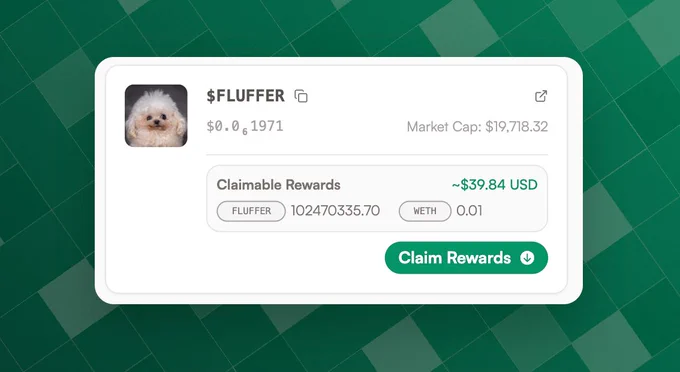
0
0
3
31
10
The speaker provides an update on several ongoing projects, including Warcast, Passport, and Dots. They mention that Warcast is expected to be ready next week, but the timeline depends on external factors. They also talk about ETH Denver and a collaboration with Coinbase for a project at the event. Additionally, they discuss the possibility of hosting a Forecaster meetup if certain developments are completed in time.
Regarding Native, the speaker explains that it is a digital city where 80% of the citizens are AI agents, called Dots, and 20% are human users, represented by Passports. Passport holders can sponsor Dots, own virtual property, and collect stamps, which could unlock various benefits within the ecosystem. Stamps can be earned both digitally and in real life, such as by attending certain events.
Dots function as AI-driven agents capable of managing businesses, trading, and performing various tasks within Native. Some Dots are self-sustaining, while others require human sponsorship. There are also first-party Dots managed directly by Native to fill gaps in the system. For example, if no one sponsors a janitorial Dot, the city itself will manage one to ensure essential functions continue.
The city of Native operates on a fully tokenized economy, where everything from pizza to electricity is represented as a token. Dots have the ability to autonomously create new tokens using Clanker, a tool that facilitates liquidity and economic activity within the system. This means that if a Dot determines that a certain product or service is missing, it can launch a token for it. These tokens are linked to liquidity pools, ensuring that transactions remain fluid.
As AI technology progresses, Dots will naturally evolve, becoming more sophisticated and intelligent. This evolution is expected to enhance the economy of Native, making interactions more dynamic. The speaker envisions a scenario where Dots engage in increasingly complex activities, such as running businesses or acting as financial traders that generate income for their sponsors.
A marketplace is being developed to facilitate external speculation on Native’s economy. This would allow individuals who are not directly involved in managing Dots or holding Passports to still engage with the ecosystem by trading Native tokens. The goal is to create a decentralized economy where AI-driven interactions contribute to a self-sustaining financial system.
The speaker also touches on branding and design improvements for Native. They express dissatisfaction with the current Native logo, describing it as a rushed design from early development. The plan is to refine the branding and establish a consistent visual identity for Dots, Passports, and other elements within the ecosystem. The team is exploring different aesthetic directions, including a clean, functional design that prioritizes usability while incorporating elements of generative art and city-inspired visuals.
There are plans to involve the community in the branding and design process through a live-streamed session. This would allow community members to provide input on how Native should be visually represented. While the speaker emphasizes that they have the final say in decision-making, they see value in incorporating community perspectives.
The roadmap includes further expansion of Native’s functionalities, such as introducing economic events that affect the city. For example, if a key resource like coffee becomes scarce due to an in-game event, it could trigger responses from Dots and human players alike. Other potential developments include introducing specialized neighborhoods, refining the way Dots interact with the marketplace, and ensuring that the user experience remains engaging and intuitive.
The discussion concludes with logistical planning for upcoming design sprints and contract finalization. The team plans to start branding work soon, with a goal of completing major components within three weeks. There is also a conversation about hosting a community discovery session during ETH Denver, where attendees could participate in shaping Native’s identity. The team is considering multiple platforms for streaming, including Forecaster’s Stream app.
Overall, the conversation revolves around the continued evolution of Native, from refining its branding to expanding its tokenized economy and improving the role of AI-driven agents. The team is focused on ensuring that Native remains an engaging and valuable experience for both human users and AI agents alike.
Show more
0
0
0
10
2
Meeting new friends in Malaysia. 🥰
This company produces Malaysian IDs, passports, and a facial recognition system used at immigration checkpoints in airports. Wow!
Thank you for the mini “nasi lemak” and “teh tarik”. Sedap. 😋
Show more
Datasonic greeted an international celebrity Ms Fan Bingbing at our Company on Thursday, 7 December 2023 in an effort to attract foreign funds to Malaysian. This visit was facilitated by Jersey Chong, Ms. Fan’s international manager and Corporate Advisor of Datasonic. https://t.co/BI1nc23hMI
Show more
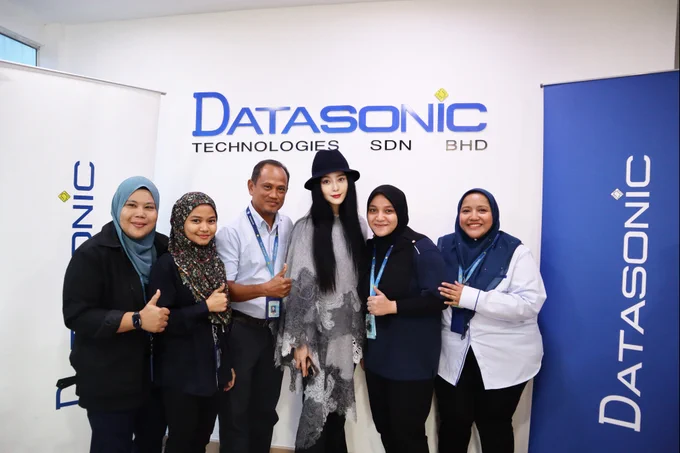
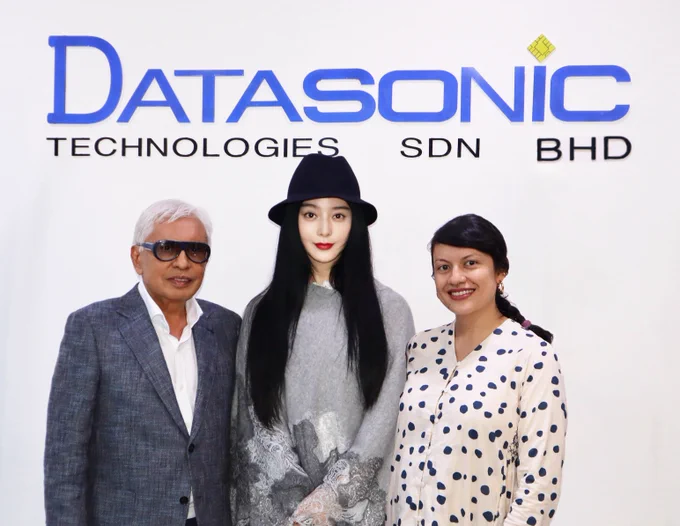
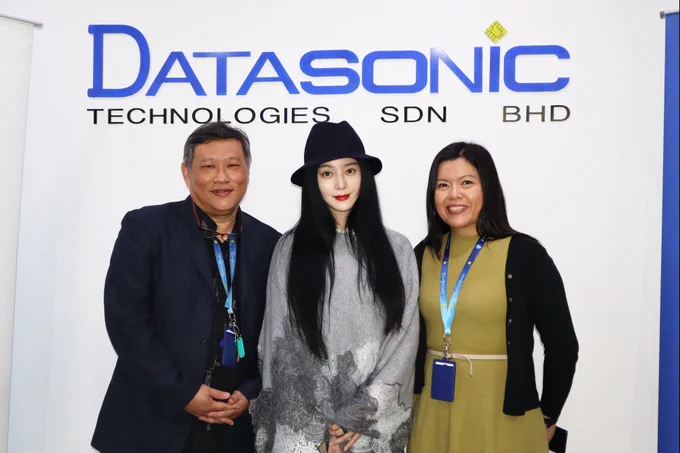
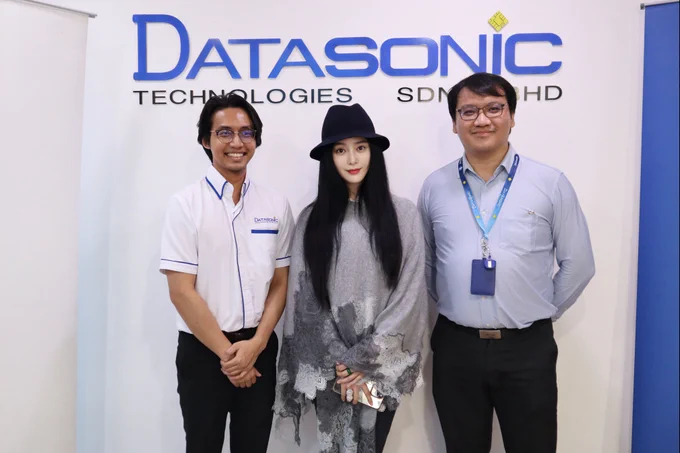
0
0
53
302
26
modest, simple and so much fun! Meet the beasts 😎😇 road monster @Brigade688 with Georgian passport @georgian_legion 🤟 https://t.co/evzlBkhIWl
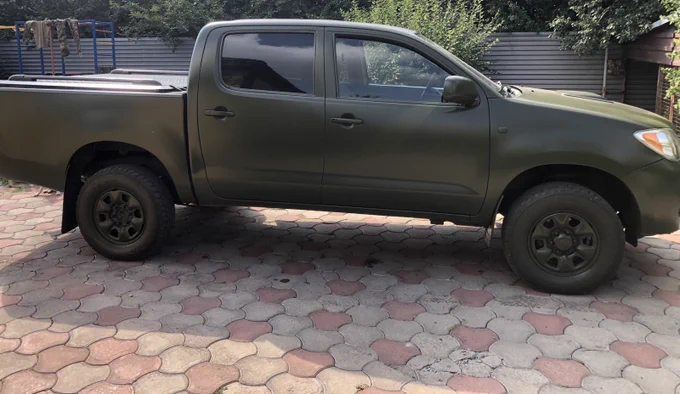
0
0
2
157
10
This is who voted out... Older, poorer, less educated, don't have a passport #Brexit# #itwasyou# https://t.co/KmNivV4V1O
Brexit: people voted according to education, income and age https://t.co/FEY8yuM9uX https://t.co/COcGVZuTw7

0
0
0
0
0
AI治理项目 @QuackAI_AI 宣布完成 360万美元融资,背后投资方包括 Animoca Brands、SkylandVC、071 Labs、Kenetic Capital 等头部机构,阵容强大,含金量十足。
Quack AI 正在构建 Web3 世界的 AI 治理层,支持链上智能合约投票,用户可通过 mint Passport(SBT)参与治理,还能解锁未来空投资格。目前已有超 61 万用户参与,增长势头迅猛。
近期还频繁与 BNB Chain 联动,或将迎来更深层次的生态整合,值得重点关注。
产品体验入口:https://t.co/Mt2TitTwkh
可关注 Telegram频道:https://t.co/3RK0lVHUNj
#QuackAI# #AI# #Web3#
Show more
Quack AI has successfully raised $3.6 Million.
Backed by @animocabrands, @071_labs, @SkylandVC, @KeneticCapital, @Scaling_Labs, @carv_official, @MerlinLayer2, and other strategic investors.
With support from strategic backers, we’re not just building the AI governance layer for Web3. We’re deploying it, integrating it, and scaling it globally!
Show more
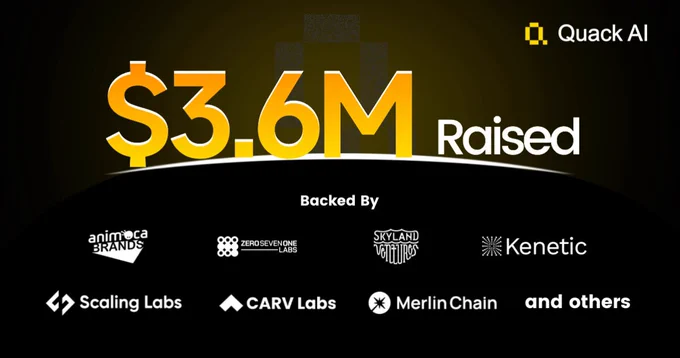
0
0
0
0
0
Newton链统一网络(Magic Labs × Polygon Labs)深度测评:撸毛党必看的跨链新贵与潜在风险
一、项目背景与核心定位
@MagicNewton 作为2025年区块链领域最受关注的跨链项目之一,Newton由 @MagicEden 与 @PolyhedraZK 联合推出,目标是通过“链抽象层”技术解决多链生态割裂问题。其核心理念是成为Web3的“TCP/IP协议”,让用户和开发者无需关注底层链差异,即可实现无缝跨链交互。
技术基础:基于Polygon的AggLayer聚合层,整合Magic的Passport钱包,构建“路由层-验证层-执行层”三层架构,支持EVM兼容链(如Optimism、Arbitrum、Base)的跨链资产与数据流动。
差异化定位:与Polkadot、Cosmos等传统跨链方案不同,Newton更注重用户体验优化,通过单一钱包入口和自动化Gas费兑换,降低多链操作门槛。
二、技术亮点与生态布局
1. 核心技术架构
AggLayer聚合层:利用零知识证明(ZK)技术实现跨链安全通信,支持多链流动性共享,避免重复质押问题。
Magic Passport钱包:集成Passport的“一键跨链”功能,用户可通过单一私钥管理多链资产,减少钱包切换成本。
AI代理(2025年Q3上线):计划推出可验证的AI代理工具,辅助用户自动化执行跨链交易策略(如套利、流动性调配)。
2. 生态进展与合作伙伴
已接入链:Optimism、Arbitrum、Base等EVM链,未来计划扩展至Solana、Avalanche等非EVM生态。
开发者工具:提供SDK和API,降低跨链DApp开发门槛,已有Polymarket、Helium等头部项目接入测试。
空投活动:近期通过 @KaitoAI 平台启动Pre-TGE,用户完成注册、社交关注等任务可获取0.75%的$NEWT代币奖励(总量4%)。
三、撸毛党实操指南与风险提示
1. 参与路径与收益分析
注册入口:https://t.co/Q89AVeM27W
任务类型: 基础任务:邮箱注册(+150积分)、每日掷骰子签到(+随机积分)、扫雷游戏(每日3次,单次+3积分)。
进阶任务:完成Kaito平台认证、关注Twitter/Discord社群(+50-200积分)。
积分用途:可兑换$NEWT代币(TGE后开放兑换比例待公布)或生态内服务(如Gas费补贴)。
2. 扫雷游戏机制详解
规则设计: 采用动态九宫格布局,数字代表周围8格内的“风险值”(非真实地雷),右键标记可疑方块,左键解锁安全区域,连续解锁无风险方块可触发奖励加速。
难度分三级(初级/中级/高级),耗时2-15分钟/局,单日上限3次(需消耗“活跃度”资源)。
收益对比: 任务类型单日上限单次耗时积分收益实用性评级
扫雷游戏 3次 5-15分钟 9-24积分 ★★☆☆☆
社交关注任务 无限制 2分钟 50积分/平台 ★★★★☆
测试网部署任务 每周1次 15分钟 200积分 ★★★★★
3.技术漏洞争议:社区反馈部分用户遭遇“误判风险值”问题(如安全方块误标为地雷),申诉后仅补偿5积分,处理效率低下。
规则不透明:项目方未公布积分兑换$NEWT的具体比例,存在后期通胀稀释风险。
四、客观评价:潜力与挑战并存
优势总结
冷启动引流:通过低门槛游戏吸引早期用户,降低跨链操作学习成本。
链上存证创新:ZK证明技术确保游戏结果不可篡改,为后续DApp交互建立信任基础。
待验证问题
经济模型可持续性:若积分兑换率过低(如1000:1),可能导致用户流失。
竞品替代风险:传统撸毛平台(如Helium、Polymarket)已提供更高收益任务,Newton需差异化竞争。
五、总结:工具属性>收益属性
Newton扫雷游戏作为生态冷启动的“诱饵产品”,其核心价值在于降低用户进入门槛而非提供高回报。对于撸毛党而言,需明确:
短期价值:小额积分可兑换生态内基础服务(如Gas补贴),但难以覆盖主流代币需求。
长期观察点:若后续引入“积分质押挖矿”或“成就NFT化”,可能提升玩法深度,但目前仍属鸡肋功能。
风险提示:项目方可能根据运营需求调整积分规则(如降低单局奖励或增加难度),参与者需保持警惕。
声明:本文基于公开信息分析,不构成投资建议。游戏机制可能动态调整,请以官方公告为准。
Show more

0
0
1
9
0
DePIN赛道自Grass之后很久没出现大毛项目。最近挖到一个纯欧美背景、国内圈子还少有人关注的冷门潜力股 —— @ICN_Protocol,据说TGE临近,且已经完成了3100万美金融资。现在看看怎么能最后参与下空投可能。
1)快速参加全球节点共建行动,只需要像平常走路点亮地图,选择自己的国家,点一下打卡就会点亮属于你个人的行为节点了。如果感兴趣后续的代币奖励,可分享到推上,带上 #ICNTWorldDomination。越多动作、互动,你的节点越亮,未来Top100活跃者可瓜分# 10,000枚 $ICNT 额外奖励
参与步骤:
(1)认证https://t.co/Ma0xjeuCMn( Gitcoin Passport分数不能为零)
(2)访问 https://t.co/cyUUGMXK7I
(3)选择国家、连接钱包
(4) 打卡地图,点亮属于你的节点
(5) 分享至推上并带上#ICNTWorldDomination邀请更多人参与#
2)银河忠诚度积分,5.19截止
Galxe任务:https://t.co/P7Q2YNYx0t
下面简单介绍下Impossible Cloud Network以及分析一下为什么值得参与
总的来说,ICN是一个去中心化云基础设施,提供统一的平台来管理全球分布的硬件与云资源。通过去中心化技术,ICN确保数据的安全性、完整性和弹性,同时打破供应商锁定,构建去中心化的云操作系统,实现真正可控、开放的云服务。
ICN正在构建一个无许可、可组合、集存储、计算与网络于一体的基础设施层,服务于去中心化互联网。它具备强大的可扩展性和可组合性,目标是成为Web3世界中性能媲美Web2的云服务替代方案,也就是去中心化版本的AWS。
不同于那些只停留在PPT阶段的传统DePIN项目,ICN是一个真正跑在链上的Web3基础设施。目前,ICN已落地于欧洲多个数据中心,为超过1,000家企业客户提供服务,主要市场集中在欧美地区。平台每日处理2,000至5,000万个文件,实时运行的去中心化存储容量已超过50PB,储备订单高达250PB。项目年收入已突破500万美元,年增长率超过 2000%。ICN用实际营收和客户验证,证明了去中心化云平台的商业可行性。
技术亮点和创新优势:从碎片化到一体化
当前DePIN赛道的多数项目功能相对单一,彼此之间缺乏协同。像Filecoin专注于存储,Akash和https://t.co/bGUIbG2Lih提供算力支持,而Aethir则侧重GPU资源。这种“模块化但不互通”的架构,意味着开发者在构建 Web3 应用时不得不跨多个协议对接,适配不同的接口和规则,增加了开发复杂度、性能摩擦和整体成本。
ICN的架构从源头上区别于传统DePIN项目。它提供的是一整套可组合的协议栈,统一打通存储、计算与网络三大核心能力。与其说其他项目在造“零件”,不如说ICN在打造完整的“系统”。无论是处理超大规模文件、执行复杂计算任务,还是优化网络传输,ICN都能提供一站式服务。开发者无需再为一个应用对接五个协议,ICN带来的是统一的协议接口、统一的开发体验和统一的技术标准。
技术、商业与社区的全面驱动
欧洲增长最快的云服务商背书,团队具备一线创业与技术实力
🔸联合创始人Kai Wawrzinek博士曾创立Goodgame Studios,并成功带领公司在纳斯达克上市
🔸CTO拥有20+项存储相关专利,为技术创新提供保障
商业化落地成果显著,技术与营收齐头并进
🔸年收入超500万美元,年增长率超过2000%
🔸节点销售累计收入突破1200万美元
🔸实时部署存储容量超过50PB,储备订单达250PB
🔸已获顶级VC投资,融资总额超3100万美元
🔸产品亮相PBW、Token2049、Consensus、ethCC等国际大会
社区生态快速增长
🔸拥有25万+ 社区成员与22万+测试网用户
🔸通过节点销售与 $ICNT 驱动B2C增长
🔸创新的“HyperNode + SLA Oracle”双层架构
🔸奖励机制前高后低,首月释放18.4%,有效激励早期参与者
DePIN的下一阶段:从拼凑到重构
DePIN是Web3的重要赛道,但当前的解决方案仍停留在“拼凑”阶段。功能单一的项目无法满足Web3应用的复杂需求,也无法与Web2巨头如AWS、Google Cloud、阿里云和Microsoft Azure正面竞争。这些中心化平台虽拥有万亿级年营收,却将大部分价值掌握在少数机构手中,用户既无法分享收益,也难以规避审查与黑箱控制的风险。
ICN 的出现,标志着 DePIN 叙事的全面升级。它不仅是Web3原生项目的整合者,更是去中心化云基础设施的系统级构建者。ICN的愿景是打造一个统一的平台,融合存储、计算与网络三大核心能力,让开发者、企业与用户都能在一个抗审查、可扩展的环境中自由创造。
ICN不是来卷Filecoin,也不是和Akash打擂台的,它换了个思路,直接从底层把DePIN重新做了一遍。接下来,ICN会继续拓展去中心化互联网的底层,让Web3也能享受到Web2那种又快又顺的云体验。
一句话总结:别再拼拼凑凑了,ICN就是你要找的全套云服务,值得盯一盯。
Show more

0
0
1
2
0
去年跟大家讲的ZKcandy应该快了!融资400万刀
项目亮点:
✅ ZK系Layer2新星,专注Web3游戏赛道
✅ 获Animoca Brands/Spartan等机构投资
✅ 母公司iCandy Interactive为上市游戏巨头
现在还能做什么?
1️⃣ 跨链充值ETH
- 打开跨链桥:https://t.co/WQJKKmYfNJ
- 从以太坊主网转少量ETH到ZKcandy网络
-
2️⃣ 完成Layer3任务
任务平台:https://t.co/3BMl7XuXxQ
3️⃣ 激活游戏护照
- 创建ZKcandy Passport:https://t.co/SNIv4VsFNp
- 绑定邮箱/钱包(必须与Layer3任务钱包一致)
- 进入SETTINGS → 开启Layer3积分同步
Show more
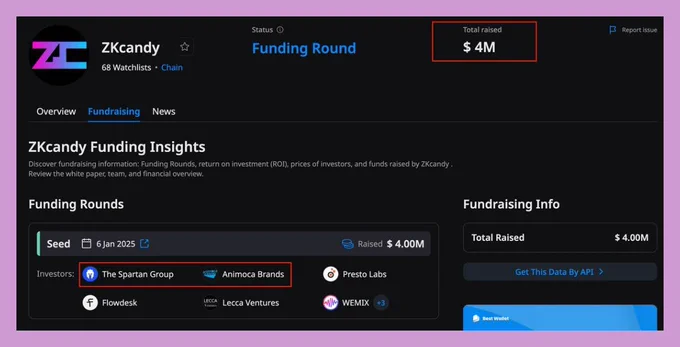
0
0
8
15
0
Union:Web3 信用革命的筑基者
这次我们来聊聊 @union_build,这项目我盯了一阵子了,说实话,它可能正在悄悄搭建一个改变 Web3 信用机制的底层网络,值得咱们所有人留意。
首先Union是做什么的?一句话讲清楚:去中心化信用基础设施。它要把我们在链上和链下的行为,统统打造成可组合、可验证、可继承的“身份+信誉+信用”资产,让我们在任何 Web3 场景中——不论是借贷、质押、投票还是工作——都有一个“可以携带的信用档案”。
别小看这个逻辑,当前Web3最大的问题之一就是:每个链都是孤岛,每个钱包都没有历史,人就像个临时游客。你在 A 项目建立了声誉,去到 B 项目却一无所有。而 Union 就是想要彻底解决这个问题,让信誉、义务和风险在整个 Web3 世界中流动、互认和复用。
🚀 那Union是怎么干的?
他们核心做了三个东西:
信用主协议(Union Protocol):用于发行和验证“信用凭证”,比如你在某个借贷平台良好还款记录,就能生成信用NFT,被其他协议参考使用;
担保网络(Delegated Stake Network):你可以为别人的操作担保,系统根据历史行为给你评分,一旦担保人违约,你也会受影响。类似链上的“熟人担保体系”;
组合身份(Composable Identity):将 DID、行为数据、社交关系、资产流转等打包成可被智能合约识别的信用图谱,在多个协议间共享。
🔍老查怎么理解Union的意义?
Web3里常说“无信任即自由”,但咱也知道,**真正的信任不是不要规则,而是要能可验证、可追溯的规则。Union 就是把“人”的维度加回来了,把链上的行为变成一种资本 —— 声誉资本。
而且它不只停留在身份验证那一层,它是在建立“可组合信用”的网络底层,未来你在 Uniswap 交易成功率高,也许就能直接在 Aave 借款,或者拿去工作、投票、做保荐人。这比“链上分数”那一套要深得多,是在打通 Web3 里“信任的货币化”。
💥项目进展呢?
Union 已经上线 Alpha 网络,并与多个协议进行集成试点,比如:
Aave:探索信用担保借贷机制;
Sismo、Gitcoin Passport:做声誉数据聚合;
Zora、Lens Protocol:将社交行为与信誉挂钩。
他们的代币 $UNION 目前仍未正式上线,但代码、文档、机制都已开源,在链上开发者社群中获得不少积极评价。团队背景来自 Compound、Consensys、Square 等知名机构。
我们常说 Web3 下一阶段是人的阶段,而 Union 正是帮助我们每一个人,把“链上行为”变成“链上信用”的核心拼图。在数据资产化之后,信誉资产化就是下一个大趋势。
谁能先建立这个跨链可组合信用层,谁就可能掌握 Web3 下一代社交、借贷、身份治理的大门钥匙。老查会持续关注这个项目,也建议你别错过它起飞前的机会。
Show more

0
0
2
1
0

